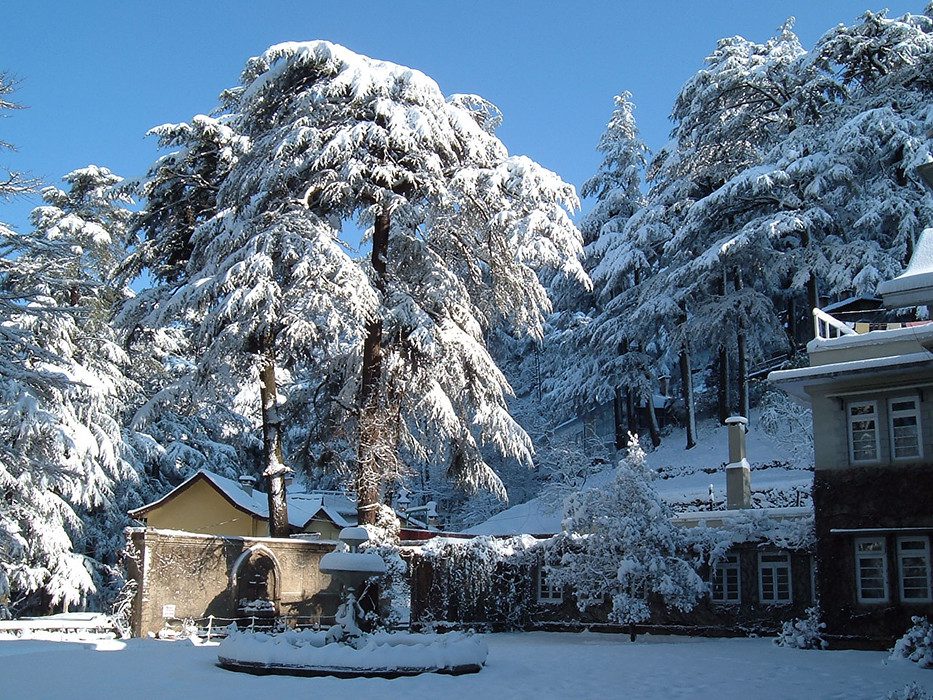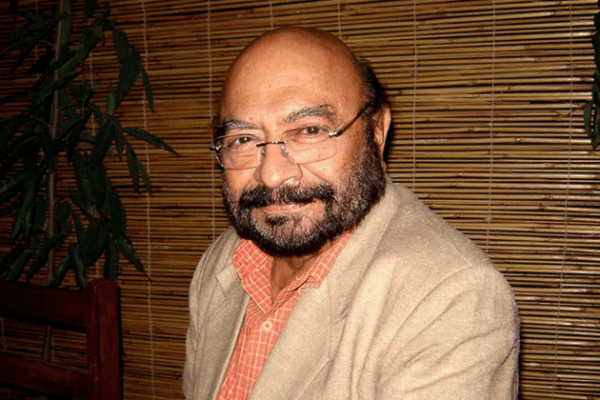Is there one Kashmir or are there two? And will the ordinary Kashmiri forever be caught between these binaries?
1. Pahalgam. A happy and carefree 18-year-old, sitting on the rocks of the river Lidder, shivers at the sudden sharp drop in temperature. Within minutes, she’s thrilled with her first experience of snowfall. A family vacation in Kashmir—a favourite tourist destination; “the heaven on Earth” in India, as yet unmarred by the advent of words such as “militancy” and “insurgency”.
2. The now 38-year-old meets a man with a Kashmiri father and a Bengali mother. Born in a Kashmiri Brahmin family, the father had left Kashmir in poverty to work as a coolie in Howrah station. Nothing other than the pangs of hunger drove him out of his land of birth. He would in time rise to heights of achievements and money to marry into one of the most cultured Bengali families; return to Kashmir to expand his ancestral house and spend leisurely summer vacations there with his wife and son. He would also die without experiencing the strife in his homeland of Kashmir.
3. The son visits Kashmir to look at what was once his ancestral home—now a burnt down devastation. He returns to narrate how all his father’s childhood friends—all of them Muslim—had welcomed this half-Kashmiri Brahmin into their homes, how they lamented his father’s silent departure without seeking any help from any one of them even after all these years. With stories of how that almost exclusively Muslim neighbourhood had grieved about the grand old pundit house being burnt down by unknown miscreants in the dead of night, without giving anyone much chance to prevent the arson. Kashmir was already in strife. It had been for nearly four years by then.
The anchor and the other participants felicitate him for his winning the show despite it being conducted in Bengali. No one refers to any problems in Kashmir—not even the man himself.
4. A Kashmiri man—Muslim—goes on to win the popular Dadagiri show on Zee Bangla, emphasising throughout how he has always felt that Kolkata and Kashmir are very close in their culture, food habits and their approach to life. He insists that Sourav Ganguly, the anchor of this quiz show and probably the most controversial cricket captain of India, should be called the Prince of India, rather than just the Prince of Kolkatta (in the contestant’s pronunciation)! That 18-year-old, now almost 58, listens to fellow watchers celebrating the patriotism of this Kashmiri man. The anchor and the other participants felicitate him for his winning the show despite it being conducted in Bengali. No one refers to any problems in Kashmir—not even the man himself. No one mentions even by mistake that beyond the pseudo-comfort of this quiz show with high TRP ratings, at the very moment, the nation is being rocked by controversial State action against five students from the Jawaharlal Nehru University, one of the country’s premier institutes of higher education. These students are still under arrest at the time on sedition charges for supposedly raising anti-national slogans like Kashmir mange azadi/hum leke rahenge azadi (literally, Kahsmir wants freedom/we shall secure freedom). No one mentions that another channel of this same television network had very recently been raising jingoistic demands for the arrest and exemplary punishment of these students for their allegedly anti-national activities on the basis of a video which would later be proven to be doctored. Aunty-national, one of our respected cabinet ministers, had submitted in Parliament a few days before—on the basis of a report from the Delhi police—how these seditious students worship Mahishasura as an indication of their treason. A position that even caught some of the more educated in her own party on the wrong foot, since this demon is worshipped by more than one Indian tribe and by many belonging to the lower castes. This almost 58-year-old has herself been rocked by the hyper-nationalist positions taken by some of her contemporaries from school, college and university—friends with whom she has walked many miles together; friends with similar approaches to life and the world she had believed.
Friends from Pakistan have informed her that school level geography texts in Pakistan display on their national maps a shaded area marked as IOK, just as ours display a POK area. Pakistani atlases have an Azad Kashmir just as we have the state of Jammu and Kashmir. Where is Kashmir?
5. 1976–2016. Forty years from that thrilling experience of the first snowfall at Pahalgam to bitter debates on what is nationalism and what isn’t, even among the so-called liberal, English-educated city folks of India. The expressions IOK and POK have been the only constant refrain during this journey of four decades. It is the latter—POK, or Pakistan-Occupied Kashmir—that the 18-year-old of 1976 grew up with. She had to become an adult and make friends from the western side of the border over the years to know about IOK—India-Occupied Kashmir. Friends from Pakistan have informed her that school-level geography texts in Pakistan display on their national maps a shaded area marked as IOK, just as ours display a POK area. Pakistani atlases have an Azad Kashmir just as we have the state of Jammu and Kashmir. Where is Kashmir? Forever caught between these two binaries? On 8 October 2005, the Pakistan-administered part of Kashmir was rocked by a devastating earthquake that killed at least 79,000 people as per the official sources from Pakistan, with other sources mentioning the number to be even higher. The tremors were felt in the Indian state of Jammu and Kashmir as well, with the official toll being 1,350. In the experience of this qafeteer, that is the only time that has witnessed five crossing lines being opened in the Line of Control to facilitate rescue efforts and the flow of relief materials. Movement from one part of Kashmir to the other was possible. Is there a Kashmir, then, really? One Kashmir or two? Are there Kashmiris—or are there only Indian Kashmiris and Pakistani Kashmiris? As a Bengali, I know that I share the freedom of identifying myself as one, wherever on this globe I choose to locate myself. Does a Kashmiri child have the same freedom? Or must (s)he forever be an Indian or a Pakistani first, in order to escape charges of treason and sedition?



